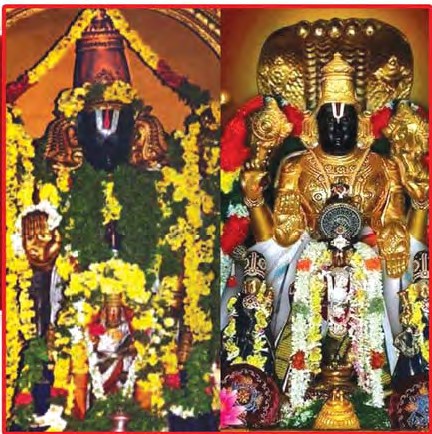Tirukalvanur & Tirupavalavannar – Location These two shrines are located in and around the Kamakshi Amman Temple in Kanchipuram. In particular, the Divya Desam of Tirukalvanur is located very close to the main sanctum of the Kamakshi Amman Temple. Tirukalvanur Sthalapuranam The word Kalvanur originates from the Lord’s name of ‘Kalva’ which means a lovable Read More
Tag: Kanchipuram
Panchabhoota Kshetras (5 Elements)
Panchabhootas Bhoomi (Earth), Neeru (water), Agni (fire), Vaayu (air), and Aakasam (sky) are called Panchabhootas. ‘Pancha’ means five and ‘Bhoota’ means compound. These five elements which are very important for life have been worshipped since the olden days. Siva, the God of Destroyer within the Trimurthis, manifested himself as Panchaboothas in the form of panchabhoota Read More


